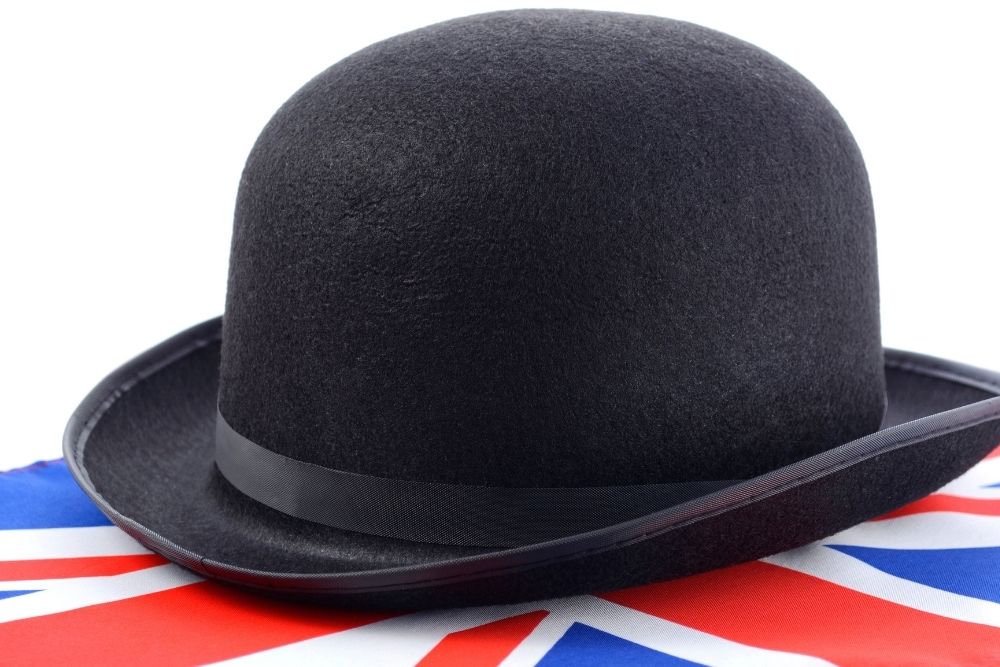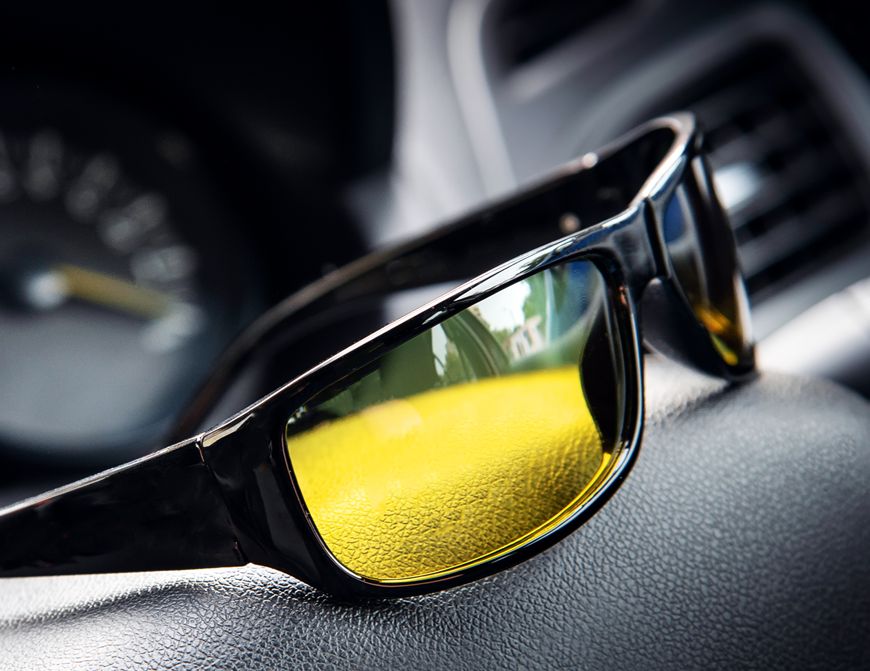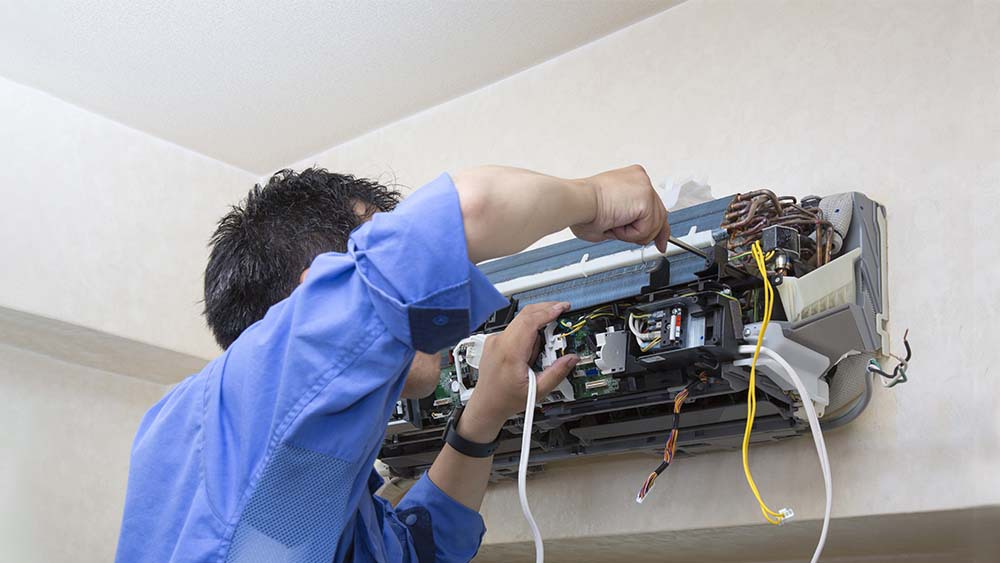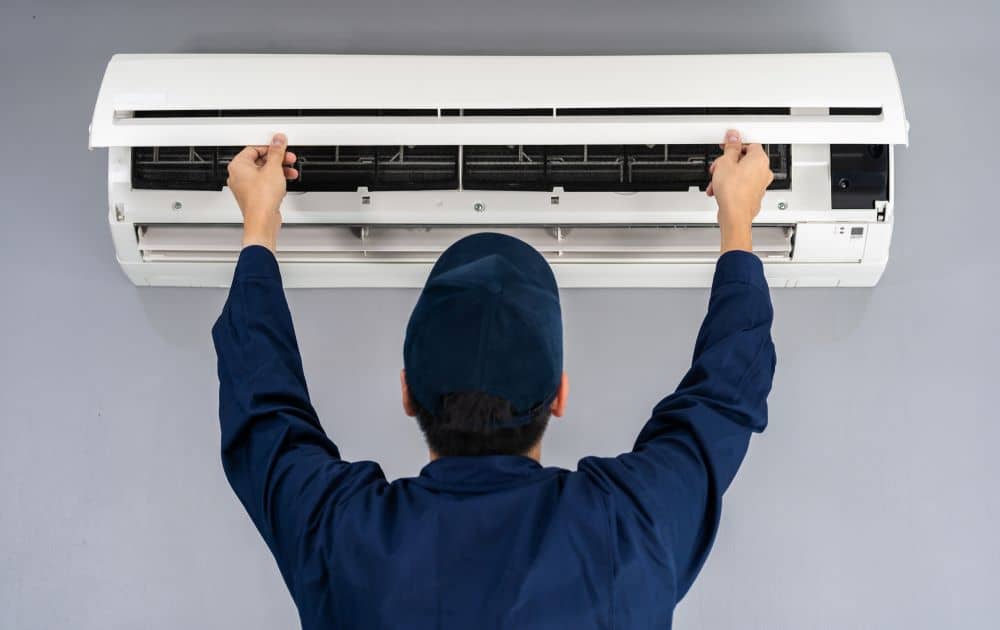
While the bowler hat is no longer in fashion, it is definitely a classic men’s hat with a long and rich history. Hat lovers will want to know more about this hat with many different names and how to wear it with style.
What Is a Bowler Hat?
During its long existence from the mid-19th century to the present day, the bowler hat has undergone many subtle variations in its design. Also, referred to as a “derby hat’ in some countries, the Bowler is a stiff hat typically made from wool, felt, fur-felt, or modern-day fabrics like polyester. Unlike a fedora or a trilby, you cannot crush a Bowler hat because it is stiff like a Homburg or a top hat. You can easily distinguish a bowler hat because of its bowl-shaped crown with a curved brim with a pencil roll or a tight d’Orsay roll at the edge. The finish of the hat depends on the extent is pressed and sanded when being manufactured.
History of the Bowler Hat
As is clear from its shape, the focus of the bowler hat is on practicality, not style. It was the practice of the gamekeepers of the estate of the second Earl of Leicester, Sir Thomas William Coke, to wear top hats when riding around. However, being tall and cylindrical, they were easily knocked off by the tree branches and the wind. Approached with the problem by the Earl’s younger brother, the Bowler brothers, the owners of the hatter firm James Lock & Co invented the iconic bowler hat in 1849, according to History of Hats. Though the hat acquired several colloquial names, it was the bowler that stuck. The name became more established, especially after the Bowler brothers started marketing them to the public under that name. However, in the United States, it became more popular as the “Derby hat” after the 12th Earl of Derby started an annual horse race in 1780, now known as the Epsom Derby. The American horse racing fans took to it in large numbers because the hat didn’t get knocked over by the wind.
The Rise and Fall of the Bowler Hat
Even though the bowler hat is an icon of British culture, it also enjoyed great popularity in the American west. With its style and shape suiting horsemen, it proved popular with the law, as well as brigands. It was only after Stetson launched his “Boss of the Plains” hat in 1865 the cowboy hat shot ahead in popularity. However, in Britain of the 1850s, the bowler hat found widespread use by the working class and preceded the contemporary hard hat. It also went far better than the top hat with the casual sack suit that people started to wear in the 1840s. In the decades that followed, hatters produced many more different styles of bowler hats. The lighter and softer ones went better with smart business suits, the city folks were wearing. The wide brim hat became popular with theatrical and vaudeville performers towards the end of the century. The most famous of them was Charlie Chaplin, who made the bowler hat a part of his uniform. With more casual and semi-formal hat styles coming into vogue in the 1920s, the bowler was again relegated to being something that upper-class city gentlemen wore. It also became a part of the attire of bankers and lawyers.
After the U.S. government banned hat-makers from using mercury, hat-makers felt the use of hydrogen peroxide, the alternative, led to inferior stiff hats. Soon soft hats became more popular with the public, especially in the post-World War II era. While bowler hats remained popular till the 1970s, they passed into fashion oblivion, and today they are only worn by enthusiasts.
Tips on Wearing a Bowler Hat Correctly
While the bowler hat started as a hat for the working class wore, with time the upper-classes also accepted it as a part of their sartorial culture. However, with class distinctions now demolished, you can go ahead and wear them as you like. If you want to recreate the classic look, you should think of pairing it with a business suit or a lounge suit and wear them in a business and formal environment. The hat also goes exceedingly well with classic overcoat styles. You can also choose to emulate Winston Churchill and wear a bowler hat with a formal morning dress but according to experts, a top hat is better suited for the job. As far as casual looks are concerned, you can do pretty whatever you like, but the Bowler hat does go better with formal suits.
Conclusion
If you are indeed interested in reviving the bowler hat, you should resist the temptation to buy a cheap machine-made mass-produced hat that is unlikely to look good or fit you well. Even if you wanted to make a fashion statement, it may be prudent to avoid bowler hats in bright colors and stick to conventional shades like black, gray, and brown.






